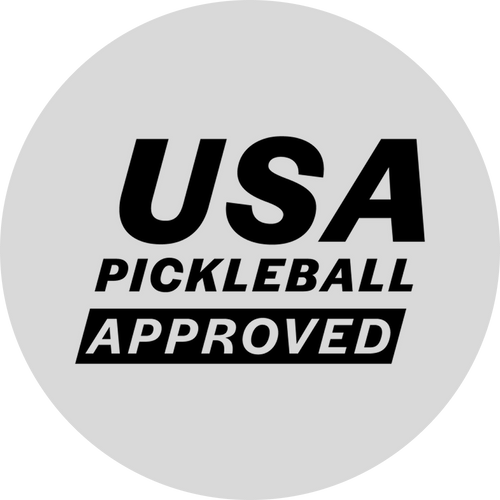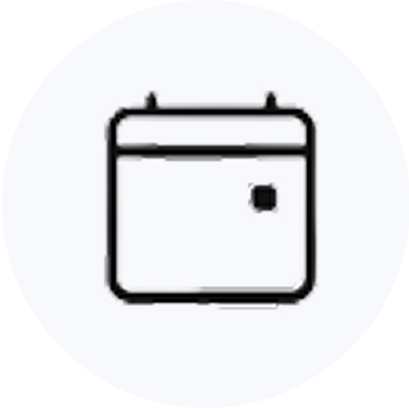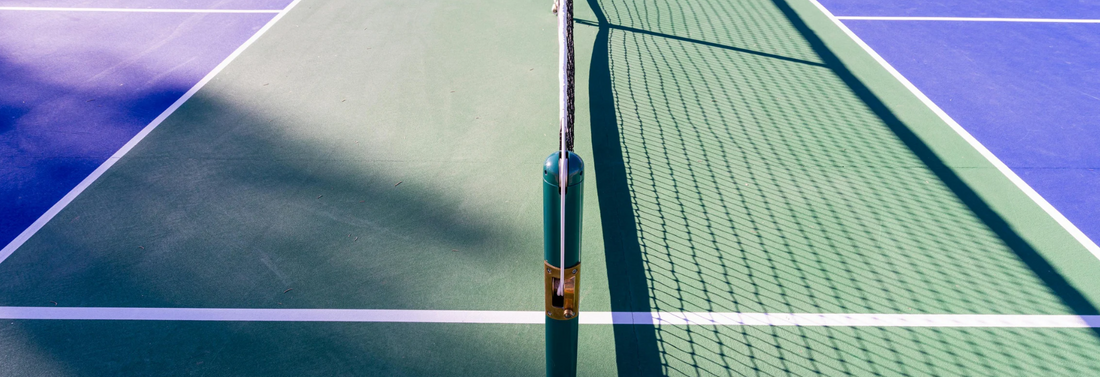
Pickleball Court Dimensions Explained: Custom Layouts for Driveways, Gyms, and Yards
Share
Pickleball has transcended the confines of country clubs and rec centers. With the sport’s surging popularity, more players are dreaming of bringing the game closer to home—literally. Whether it’s a modest driveway setup, a multi-use gym conversion, or a dedicated backyard court, the demand for adaptable pickleball layouts is booming.
But before you grab some chalk and a net, it’s essential to understand the geometry of the game. Proper court sizing not only preserves the integrity of play but also ensures player safety and optimal movement. This article breaks down official dimensions and provides smart strategies for customizing your backyard court layout, indoor court setup, and beyond.
Standard Pickleball Court Size: Know the Numbers
A regulation pickleball court measures:
- 20 feet wide
- 44 feet long
This applies to both singles and doubles play, making it significantly smaller than a tennis court, which spans 36 feet by 78 feet.
In addition to the main rectangle, the Non-Volley Zone (NVZ)—commonly known as the kitchen—extends 7 feet from the net on both sides. This critical area discourages smash play at the net and preserves the delicate nature of dinking strategy.
Net Height Specifications:
- 36 inches at the sidelines
- 34 inches at the center
Understanding these precise specs is crucial for replicating the authentic feel of the game in any environment.
Recommended Total Play Area
While the court itself is compact, proper play requires a buffer zone for movement and safety.
Ideal total play area:
- 30 feet wide by 60 feet long
This includes clearance for serving, chasing balls, and sideline maneuvering. When designing a permanent or semi-permanent court, plan for this expanded footprint to ensure a full-range experience.
Adapting the Layout: From Gym Floors to Grass Patches
Not everyone has the luxury of 1,800 square feet to spare. Fortunately, pickleball’s flexible nature allows for creative configurations across a range of environments.
1. Backyard Court Layout
Ideal For: Homeowners with ample space or unused yard real estate
Surface Suggestions:
- Concrete or asphalt for bounce consistency
- Artificial turf or sport tiles for joint-friendly footing
- Painted lines or removable court tape for visibility
Installation Tips:
- Orient the court north-south to minimize sun glare
- Add outdoor lighting for twilight play
- Consider fencing or landscaping for ball containment
Customization Option: If you’re tight on room, scale the court down proportionally for casual practice. While not regulation, it still allows for footwork drills, serving practice, and controlled rally work.
2. Driveway Court Setup
Ideal For: Suburban players maximizing multi-use space
Surface Considerations:
- Smooth asphalt or concrete performs best
- Use temporary net systems with weighted bases for stability
- Chalk or temporary line tape prevents surface damage
Pro Tips:
- Utilize only the flattest section of the driveway
- Create a half-court layout for drilling serves, dinks, and drop shots
- Be mindful of surrounding hazards like curbs or garage doors
While not ideal for full-length matches, driveways are perfect for skill-building and quick solo sessions.
3. Indoor Court Setup
Ideal For: Multi-purpose gyms, school facilities, or community centers
Surface Considerations:
- Wooden gym floors offer great traction and bounce
- Line with contrasting tape for visibility against existing markings
Spatial Strategy:
- Measure ceiling height for adequate clearance on lobs
- Position court lengthwise to avoid wall interference
- Ensure good lighting to track fast-moving balls indoors
Multiple pickleball courts can often be marked within a basketball or volleyball court, making indoor venues ideal for group play and league hosting.
Portable Net Systems: A Must for Flexible Play
When constructing a non-permanent setup, a high-quality portable net is key. Look for nets with:
- Adjustable tension
- Weighted frames for wind resistance
- Center supports to maintain proper 34-inch height
These allow quick conversion of multipurpose areas into playable courts without compromising gameplay quality.
Line Marking Tips for Any Court
- Use painter’s tape or specialized court marking tape for temporary lines
- Court line stencils are helpful for creating accurate kitchen zones and boundaries
- Reapply regularly in high-traffic areas to maintain visibility
If opting for a permanent court, consult with a local contractor experienced in court surfacing and painting for a polished finish.
Final Thoughts: Fit the Court to Your Life
Pickleball’s beauty lies not only in its inclusive playstyle but in its adaptability. Whether you’re repurposing a driveway, building a dream backyard court, or converting indoor space into a community hub, knowing your dimensions is the first step toward creating a playable, enjoyable, and safe court environment.
With a little planning and a dash of creativity, any patch of space can become a place for connection, competition, and continuous improvement. So grab your tape measure and get inspired. The next great rally might start just outside your back door.
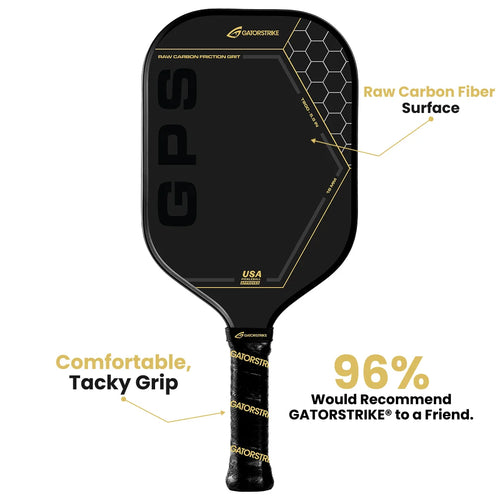
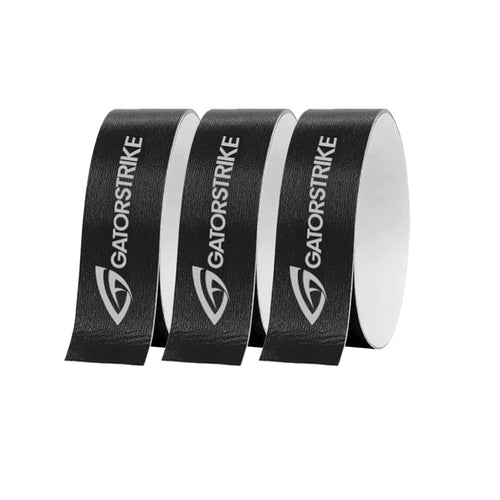
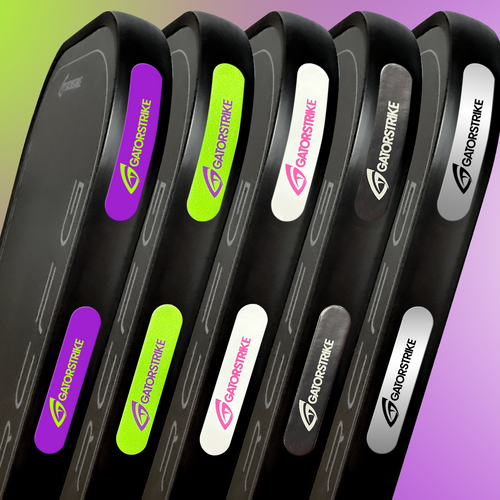

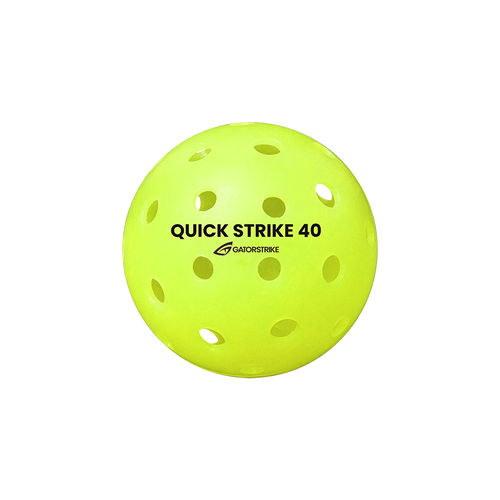

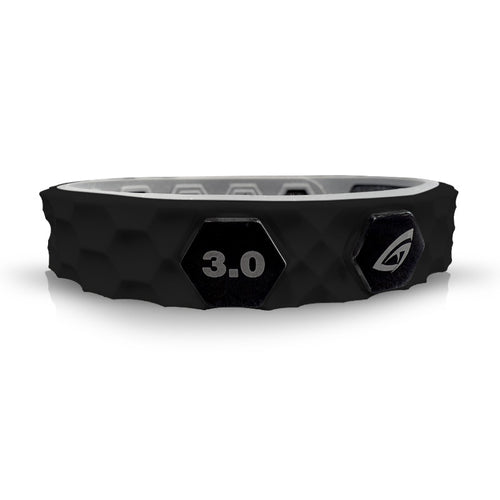
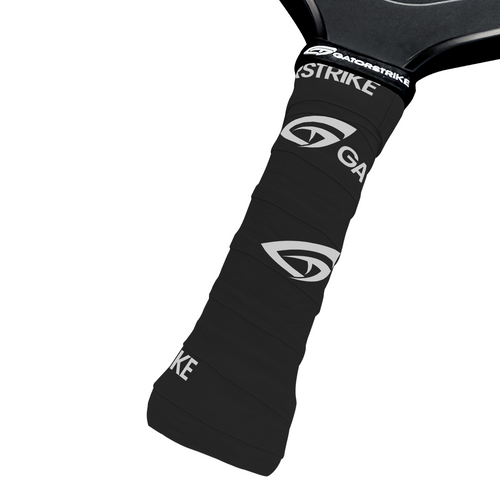
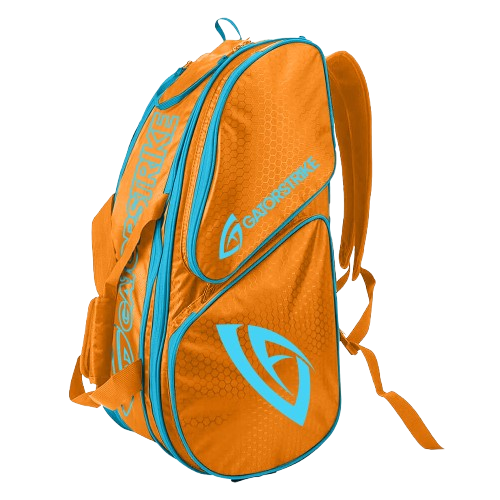
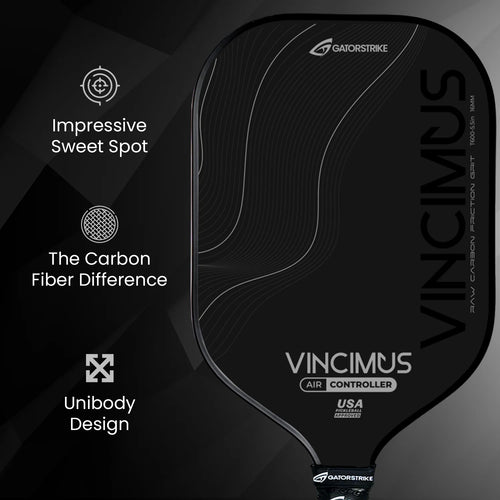


 FREE SHIPPING ON ORDERS $25 OR MORE!
FREE SHIPPING ON ORDERS $25 OR MORE!


